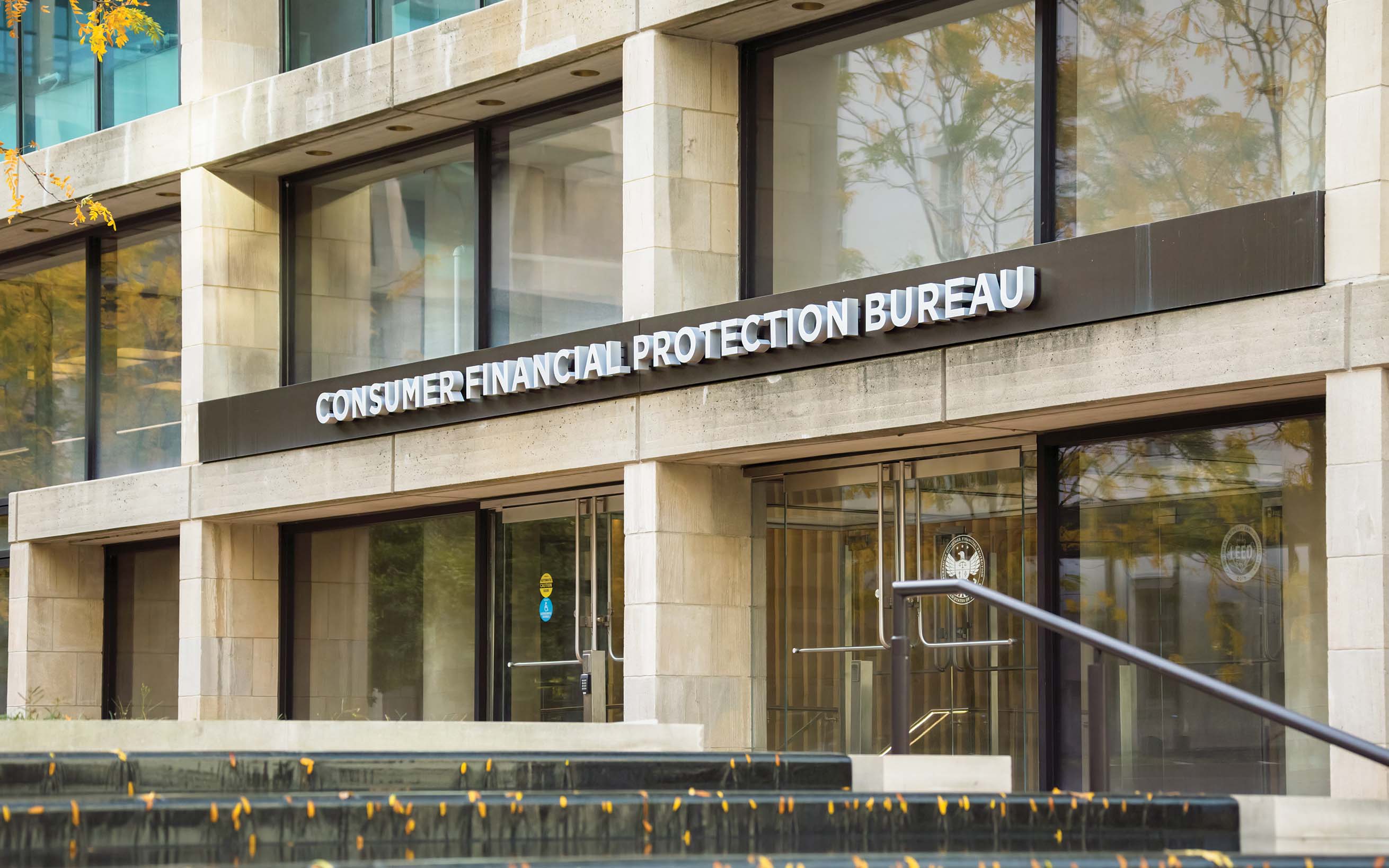This year, many businesses have prioritized diversity and inclusion. But what are regulatory agencies doing to track and enforce diversity and inclusion (D&I) in the financial industry? Here’s what community banks should consider from a compliance perspective.
Why diversity and inclusion matters to regulators
October 01, 2020 / By Mary Thorson Wright
This year, many businesses have prioritized diversity and inclusion. But what are regulatory agencies doing to track and enforce diversity and inclusion (D&I) in the financial industry? Here’s what community banks should consider from a compliance perspective.
In today’s business world, racial equity and representation have been brought front and center. So, how do your community bank’s employees, senior managers, directors and your array of vendors and other third-party service providers demonstrate diversity and inclusion? What story does your bank’s diversity and inclusion (D&I) self-assessment tell? Does it demonstrate the specific culture and demographic and geographic contexts of the organization? Do D&I practices align with and reflect organizational goals and objectives?
Diversity in an organization could be described as having a team that includes people of different gender identities, ages, religions, races, ethnic and cultural backgrounds, sexual orientations, languages and education levels.
Every bank is unique in its asset size, number of employees, structure, business plan, community characteristics, geographic location, financial resources and legal constraints. It follows that a bank’s D&I policies, practices and goals should fit its collective context.
Financial institutions may face management, regulatory and reputational risk by how they embrace—or don’t embrace—D&I. Racial and gender equity and representation continue to be of critical importance for many reasons, not the least of which is that a diverse workforce is a key factor in business success and profitability.
A report on diversity policies published in the Harvard Business Review in 2019 found that “having a diverse workforce helps companies acquire and retain the best talent, build employee engagement, increase innovation and improve business performance.” Nevertheless, an HR.com Research Institute study showed only about half (51%) of HR professionals thought that their workforce reflected the demographics of the marketplace.
Current D&I regulations
Section 342 of the Dodd-Frank Wall Street Reform and Consumer Protection Act of 2010 required all covered federal agencies, which includes the bank regulatory agencies, to create an Office of Minority and Women Inclusion (OMWI). The federal OMWIs are responsible for all matters of the regulatory agencies relating to diversity in management, employment and business activities.
Each agency OMWI was directed to develop standards for assessing the diversity policies and practices of their respective regulated institutions and to report annually to Congress on its own D&I progress and on the data received from its regulated institutions.
“A complete picture of diversity and inclusion in the financial services industry cannot be obtained until the financial services industry shares their diversity data and policies with the [regulatory agency] OMWIs, Congress and the public,” wrote Rep. Maxine Waters (D-Calif.), chairwoman of the House Financial Services Committee, in a letter to several top financial institutions in 2019. “Without access to this data, it is not fully possible to gauge whether regulated entities are meeting the spirit and intention of Section 342.”
Regulatory agencies have also adopted the Interagency Policy Statement Establishing Joint Standards for Assessing the Diversity Policies and Practices of Entities Regulated by the Agencies in June 2015. The standards encourage financial institutions to address four areas:
organizational commitment to diversity and inclusion
workforce profile and employment practices
procurement and business practices; supplier diversity
practices to promote transparency of organizational diversity and inclusion
Reporting D&I data
Rhonda R. Whitley, ICBA vice president and regulatory counsel, advises member banks on regulatory, compliance and industry matters, including OMWI issues. She notes that, while the standards are currently voluntary, self-assessment could be a useful tool for institutions to reevaluate what D&I means for them.
The regulatory agencies encourage institutions to report on D&I data submission and have implemented an electronic reporting template to facilitate this. According to a Federal Reserve Board spokesperson, regulated entities receive letters from their respective regulators each year requesting self-assessment.
The congressional reports for 2019 data show some regulators have seen slight increases in the number of reporting institutions since 2011. However, response rates overall remained low: 16.9% for FDIC-regulated institutions, 23.8% for those under the Federal Reserve Board and 19.4% for Office of the Comptroller of the Currency (OCC).
What regulators are doing
Regulators have used the input received to draw some conclusions and have reported summaries of data and the D&I policies and practices of their regulated entities to Congress annually. The most recent congressional reports show data submitted by financial institutions is analyzed, trends and best practices are identified, and then they are shared in an aggregate manner so as not to identify any individual or financial institution. According to an FDIC source, the analysis is posted on the FDIC’s website to assist financial institutions in their efforts to benchmark and strengthen diversity practices. The FDIC intends to use information submitted to monitor progress and trends in the financial services industry.
The 2019 OCC congressional report discloses “the need for institutions, particularly smaller entities, to continue to focus on developing metrics to monitor procurement spend and supplier diversity efforts.” The Federal Reserve Board 2019 report includes a section on diversity and inclusion, highlighting activities that require priority focus, such as establishing qualitative and quantitative metrics in the area of supplier diversity and ensuring diverse suppliers remain competitive in a tightening banking regulatory environment.
The 2019 FDIC report presents a numeric profile of workforce diversity and notes that supplier diversity practices appear underreported and are not sufficient to draw any conclusions or trends. It also cites exemplary practices that some financial institutions implemented, such as programs targeting women and minorities for promotion and increased leadership skills; embedding D&I segments into leadership and management training; and addressing supplier diversity in corporate manuals for vendor management.
What Congress is doing
Congressional attention to financial institutions’ D&I practices and trends remains ardent. In February 2020, the House Committee on Financial Services held a hearing dubbed A Review of Diversity and Inclusion at America’s Large Banks. While the focus was reviewing the findings and recommendations of a report, Diversity and Inclusion: Holding America’s Large Banks Accountable, community banks may benefit from the discussion and key findings that resulted.
The report noted the regulatory agencies had agreed that industry compliance to share diversity data per the 2015 standards would be voluntary, and, as a result, agencies have received limited information from their regulated entities.
For Committee on Financial Services review, banks, bank holding companies and savings and loan holding companies with $50 billion or more in assets were asked to respond to D&I-related questions, including:
Employee demographics
Investments with minority- and women-owned vendors
Parameters of each institution’s D&I program
Performance measures and compensation tied to diversity initiatives
Diversity policies and practices
Board demographic data
Challenges in implementing the institution’s diversity goals and initiatives.
The committee noted a lack of board and senior employee diversity and limited spending and investments with diverse firms. It also found that some banks are implementing diversity-focused policies and practices, such as recruiting diverse talent, establishing employee resource groups and linking diversity and inclusion results to performance.
The committee recommended that Congress consider legislative actions to improve diversity and inclusion at America’s largest banks, including requiring that banks share diversity and inclusion data with their regulators and the public; tracking and making efforts to increase spending with diverse firms; and publicly disclosing the diversity of their boards. In July 2020, the legislative proposals had not yet been acted on in the House. While the proposals are currently focused on large institutions, community bankers should monitor these developments.
“There is already heightened public awareness and congressional interest in diversity and inclusion in light of the [Paycheck Protection Program] lending results.”—Rhonda R. Whitley, ICBA
Community bank challenges
Community banks are challenged whenever the broader financial industry faces political, regulatory or reputational trials. For many people, that bucket includes all banks; they don’t distinguish between community banks and the largest institutions. So, while self-assessment and reporting are currently not mandatory, and Congress appears focused on the largest institutions, it would be prudent for community banks to watch for changes.
“There is already heightened public awareness and congressional interest in diversity and inclusion in light of the [Paycheck Protection Program] lending results,” Whitley says. “This could be an opportunity for financial institutions to evaluate where they are and potentially make changes.”
Subscribe now
Sign up for the Independent Banker newsletter to receive twice-monthly emails about new issues and must-read content you might have missed.
Sponsored Content
Featured Webinars
Join ICBA Community
Interested in discussing this and other topics? Network with and learn from your peers with the app designed for community bankers.
Subscribe Today
Sign up for Independent Banker eNews to receive twice-monthly emails that alert you when a new issue drops and highlight must-read content you might have missed.
News Watch Today

Join the Conversation with ICBA Community
ICBA Community is an online platform led by community bankers to foster connections, collaborations, and discussions on industry news, best practices, and regulations, while promoting networking, mentorship, and member feedback to guide future initiatives.













